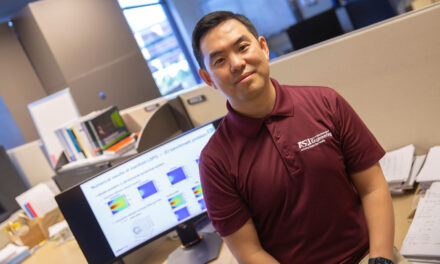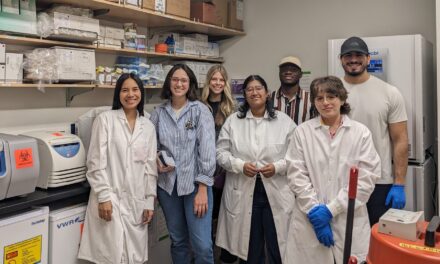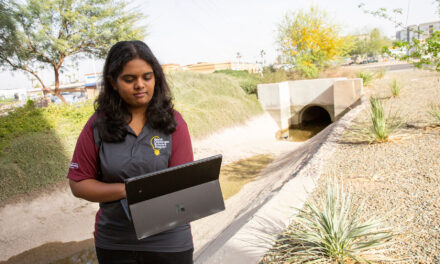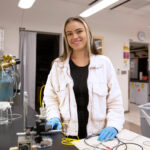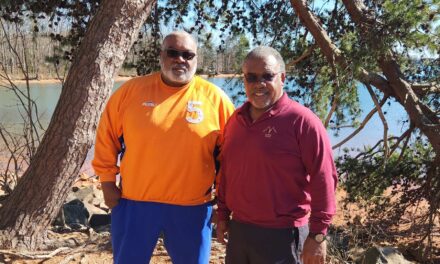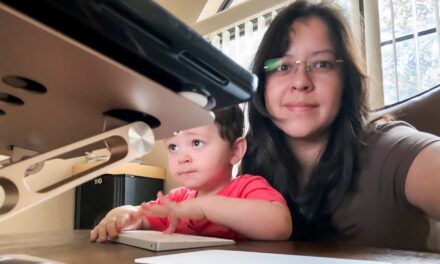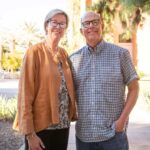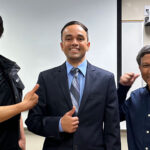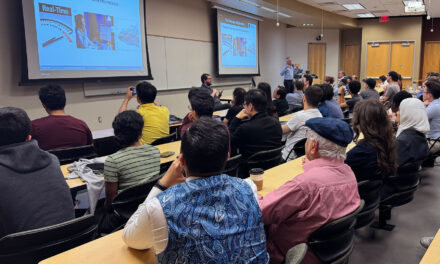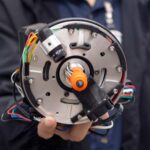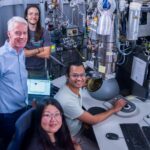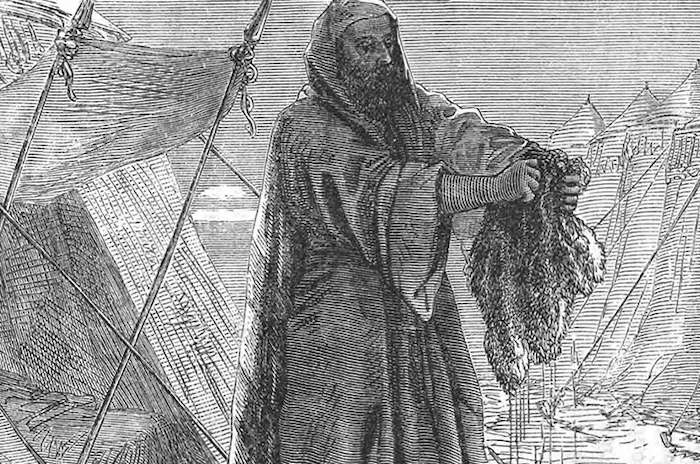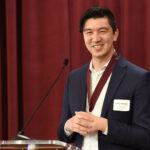
Direct air capture: A little history
Fulton Schools Professor, Klaus Lackner, director of ASU’s Center for Negative Carbon Emissions, is a pioneer of modern carbon capture technology, seen as one of the most effective ways to reduce harmful accumulations of carbon dioxide in the Earth’s atmosphere. He first developed his ideas more than two decades ago. But the notion of air capture has a longer history. In the ancient world, Egyptians and Phoenicians used activated carbon or charcoal to absorb unpleasant odors, purify water, and treat medical ailments. Centuries later, scientists designed tools to heat and cool captured air. The big challenge today is for researchers such as Lackner to scale up air capture to massive proportions so that it can alleviate global warming.


